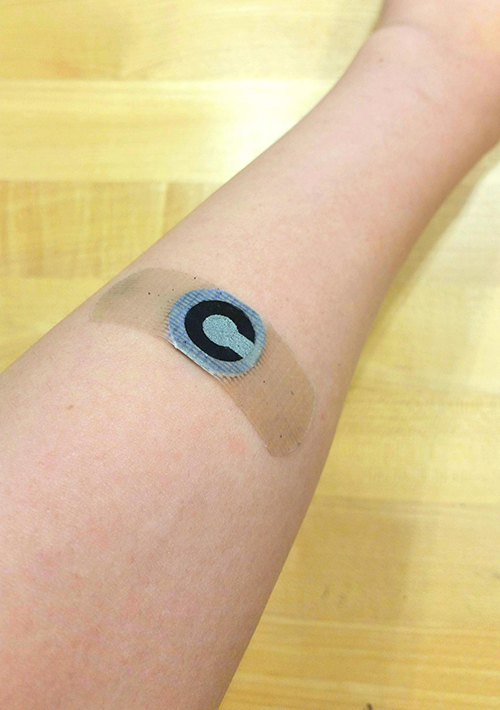It has been well documented that exercise can help patients improve clinical outcomes for a variety of metabolic disorders like diabetes. However, careful monitoring of glucose levels is of critical importance during exercise events to prevent life-threatening hypoglycemic conditions. Since current glucose-monitoring techniques are suboptimal under exercise conditions, investigators at Binghamton University, State University of New York (SUNY) developed a new paper-based sensor patch to effectively measure glucose levels from sweat. The findings from the new study were published recently in Micromachines in an article entitled “A Single-Use, Self-Powered, Paper-Based Sensor Patch for Detection of Exercise-Induced Hypoglycemia.”
Senior study investigator Seokheun Choi, Ph.D., assistant professor of electrical and computer science at Binghamton University, explained why conventional measurements are not suitable for preventing hypoglycemia during exercise, stating that “the underlying process relies on invasive and inconvenient blood sampling, causing the possibility of sample contamination and skin irritation with sweat containing various electrolytes and proteins. [Moreover,] the method needs patients to carry many accessories during physical activity, including lancets, alcohol swabs, and a relatively large glucometer.”
![[Binghamton University Electrical and Computer Science Assistant Professor Seokheun Choi]](https://genengnews.com/wp-content/uploads/2018/08/150920_web8113718696-1.jpg)
[Binghamton University Electrical and Computer Science Assistant Professor Seokheun Choi]
Dr. Choi added that current techniques also require “a sophisticated electrochemical sensing technique and sufficient electrical energy, which makes them difficult to be fully integrated into a compact and portable fashion.”
In the current study, the Binghamton team developed and demonstrated a self-powered, wearable, and disposable patch that allows for noninvasive monitoring of glucose in human sweat.
The study authors wrote that “This wearable, non-invasive, single-use biosensor integrates a vertically stacked, paper-based glucose/oxygen enzymatic fuel cell into a standard Band-Aid adhesive patch. The paper-based device attaches directly to the skin, wicks sweat by using capillary forces to a reservoir where chemical energy is converted to electrical energy and monitors glucose without external power and sophisticated readout instruments. The device utilizes (1) a 3-D paper-based fuel cell configuration, (2) an electrically conducting microfluidic reservoir for a high anode surface area and efficient mass transfer, and (3) a direct electron transfer between glucose oxidase and anodes for enhanced electron discharge properties.”
Sweat-based glucose sensing is attractive for managing exercise-induced hypoglycemia because the measurement is performed during or immediately after exercise when there is enough sweat to obtain an adequate sample. This potential alleviates shortcomings of conventional noninvasive sweat sensors, which can be hampered by the difficulty of collecting enough sweat for analysis, sample evaporation, and the relatively long time required for sample collection.
“The sensing platform holds considerable promise for efficient diabetes management, and a fully integrated system with a simple readout can be realized toward continuous non-invasive glucose monitoring,” the authors concluded.







